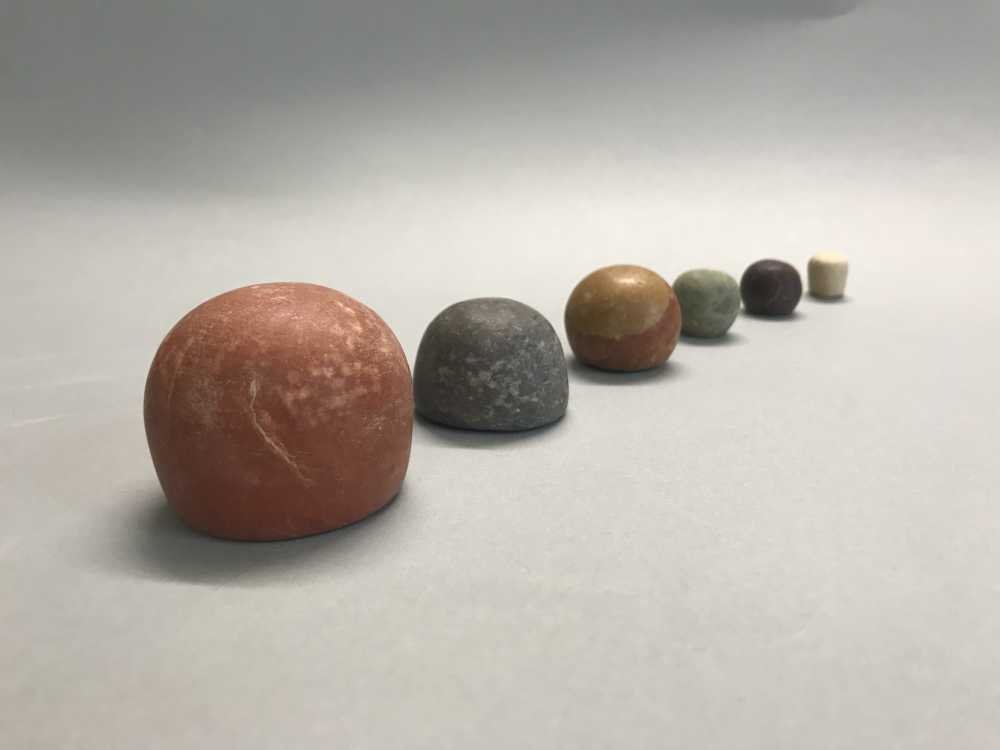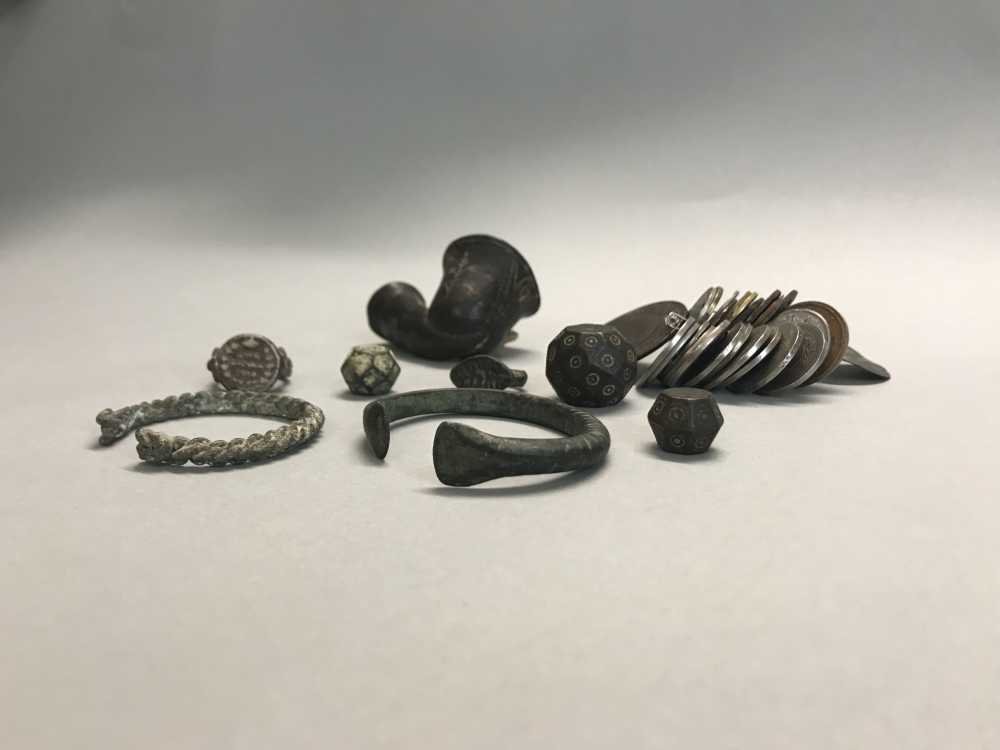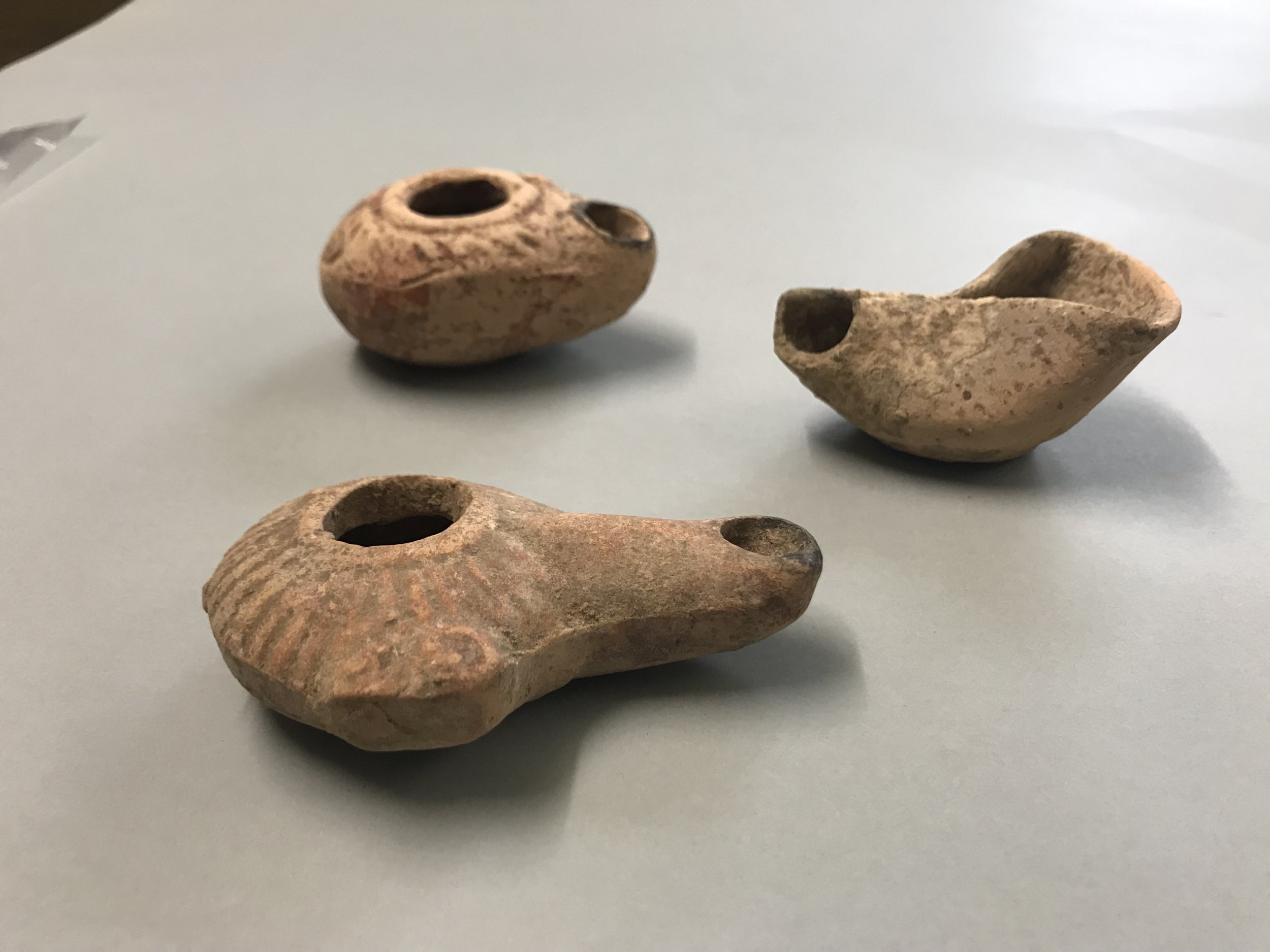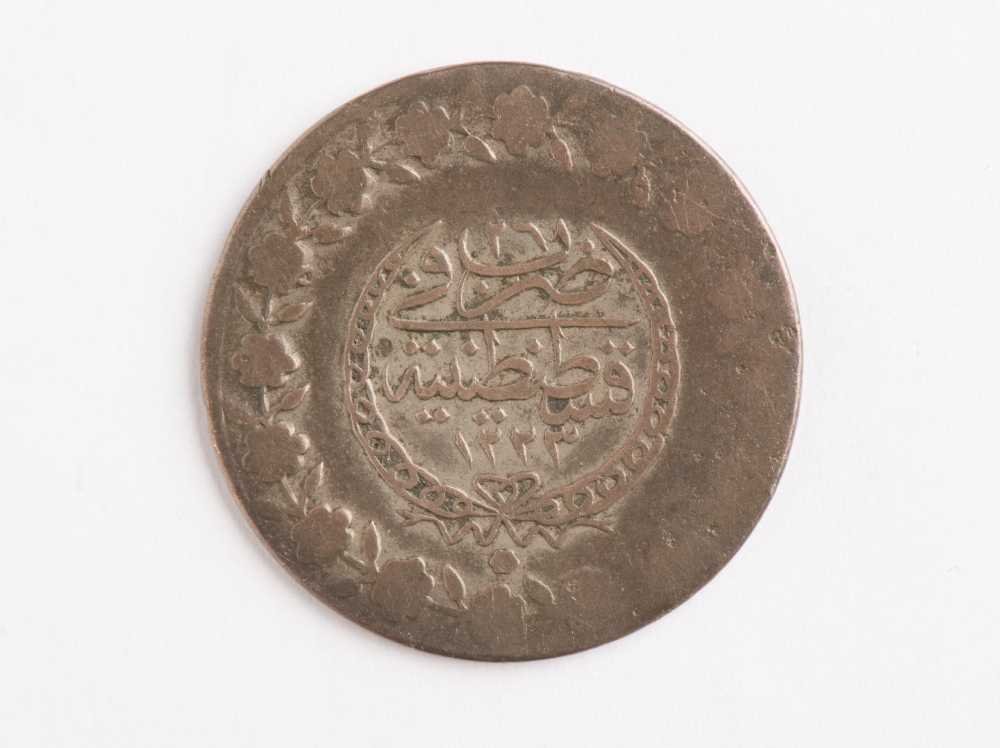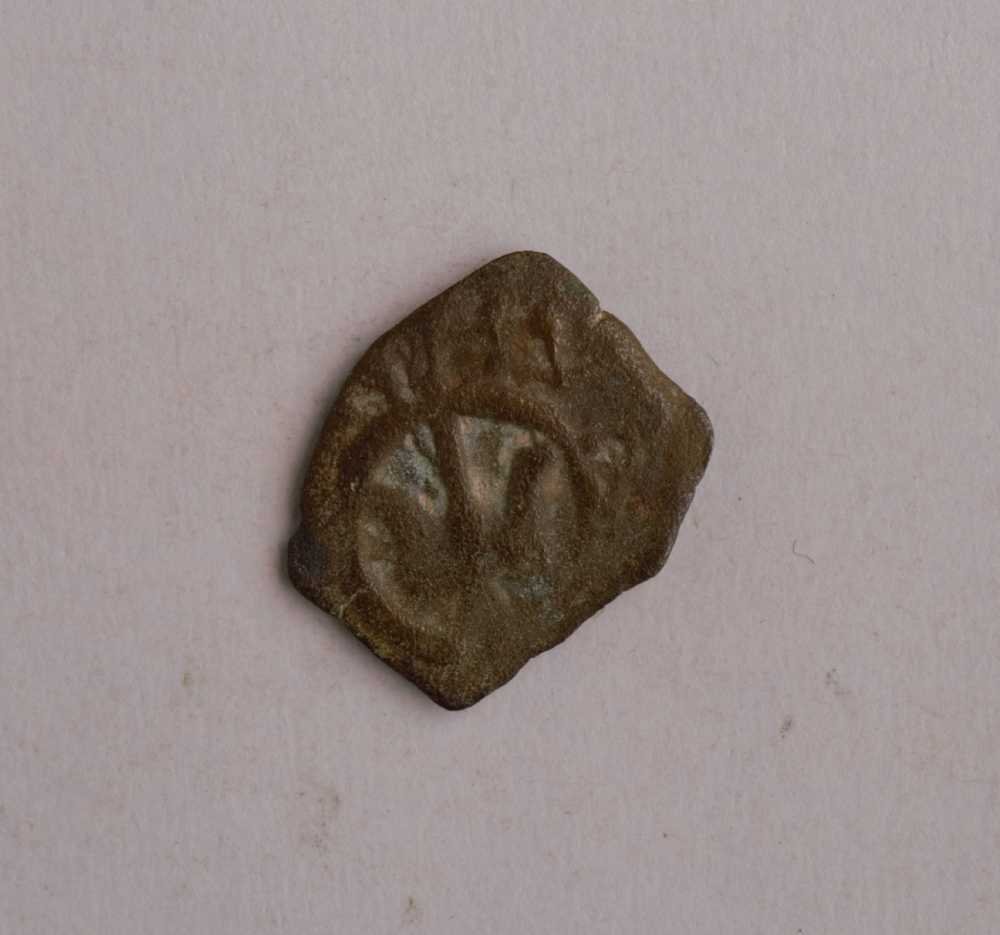Sand has covered the traces...
04.10.2018-08.09.2019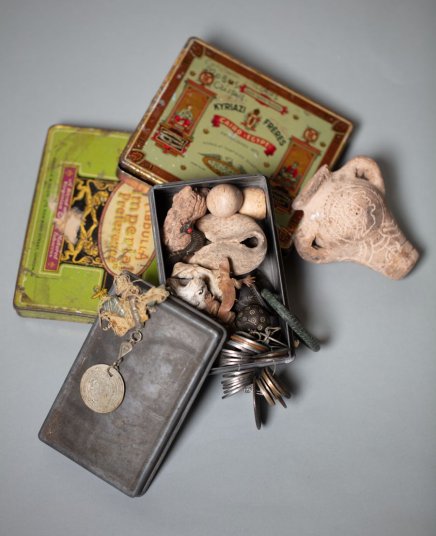
Numismatic and archaeological treasures of the soldiers of The Polish II Corps
The exhibition shows an amazing collection of numismatic coins and archaeological remains collected by the soldiers of the Polish II Corps and priest Stefana Pietruszka-Jabłonowski, kept in the so-called Polish Museum in Jerusalem. In February 2016, the whole collection was transferred by the Israel Department of Antiquities and the Ministry of Culture and National Heritage to the Numismatic Room of the National Museum in Krakow.
Polish refugees, both civilian and military, started arriving in Palestine as early
as the end of 1939. There, Poles established Committees of Polish Refugees, published books and newspapers. A large role was played by the Polish Catholic Chaplaincy, which since 1942, was overseen by priest Stefan Pietruszka-Jabłonowski. Items collected by soldiers were exhibited at the so-called Polish Museum, created by priest Pietruszka in 1955 in Jerusalem.
Collection given to the NMK is a set of numismatic and archaeological objects that were created with the thought of giving it to destroyed museums in Poland after World War II. It consists of about 12,000 coins and is very heterogeneous. It includes mentioning a few, brass antique and oriental coins (dating back to between early Middle Ages and the 15th century), silver coins of the Ottoman Empire (17th to 20th century) and modern circulation coins. Archaeological artifacts include weights, oil lamps, and beads made of glass, semi-precious metals or clay. Unfortunately, their degree of conservation is not good – the objects are obliterated, little readable and partly corroded. They have never been subject to preservation and from their appearance it can be concluded that most of them had simply been found by someone However, the size of the collection given to the NMK suggests that the number of people collecting antiques had to be big It is estimated that there had been a few hundreds or even a few thousand donors. Unfortunately, most of them remain anonymous.
At the exhibition, one can also see eastern weapons coming from the deposit from Banknock (Scotland) kept at the National Museum in Krakow, given to it by the Władysław Sikorski Historical Institute (now Polish Institute and Sikorski Museum) in London. The item that binds the two main threads of the exhibition - activity of the soldiers of the Polish II Corps in the Middle East and their numismatic collection – is the collection of Józef Czapski's drawings from the times when he was in the Middle East with Ander's Army. In the army, he was in charge of the Department of Propaganda and Information and dealt with education and culture. It is unknown, whether he realized that the soldiers of the army he was deployed in Palestine with, had been creating a large collection of coins, which had once been his grandfather's greatest passion. And certainly, he could not have predicted that after over 70 years those would be transferred, by the decision of the Ministry of Culture and National Heritage, to the Hutten-Czapski Museum, and that there would be a pavilion devoted to himself nearby.
The Hutten-Czapski Museum
ul. Piłsudskiego 12, 31-109 Kraków- Monday: closed
- tue : 10.00-18.00
- wednesday-sunday: 10.00-16.00
